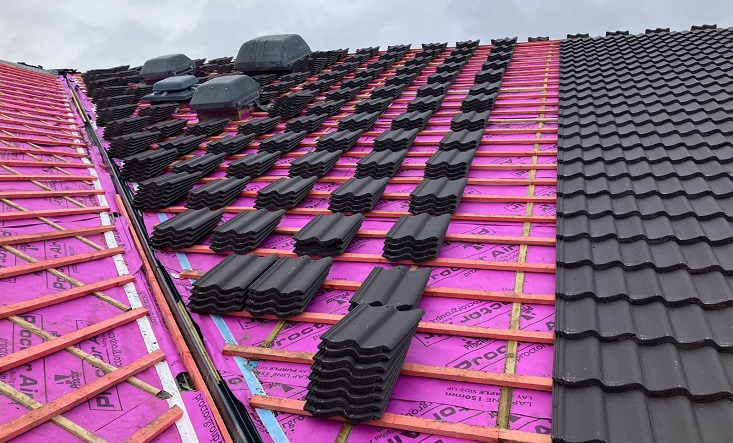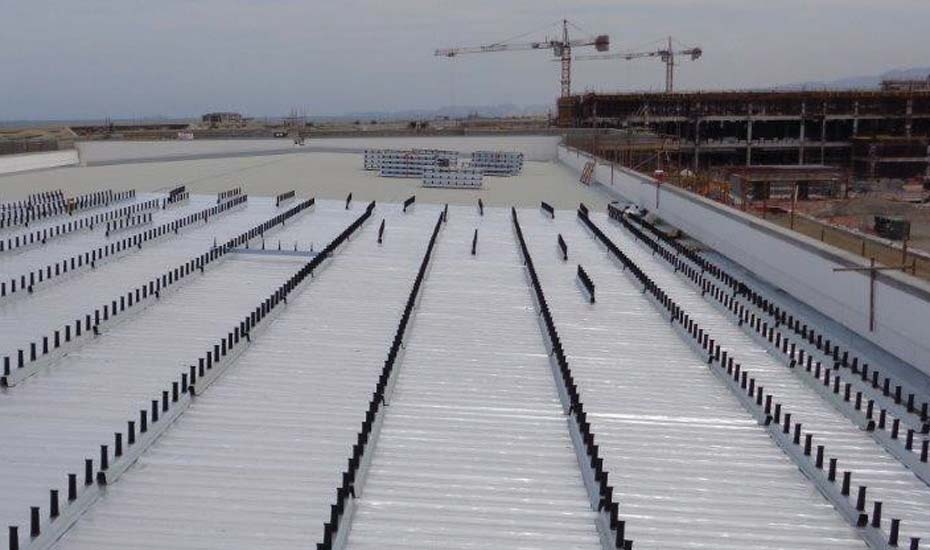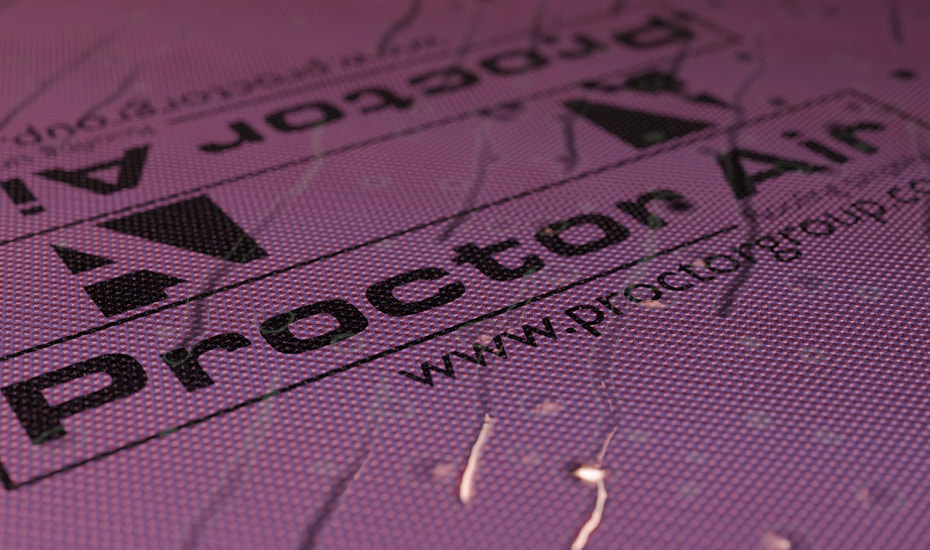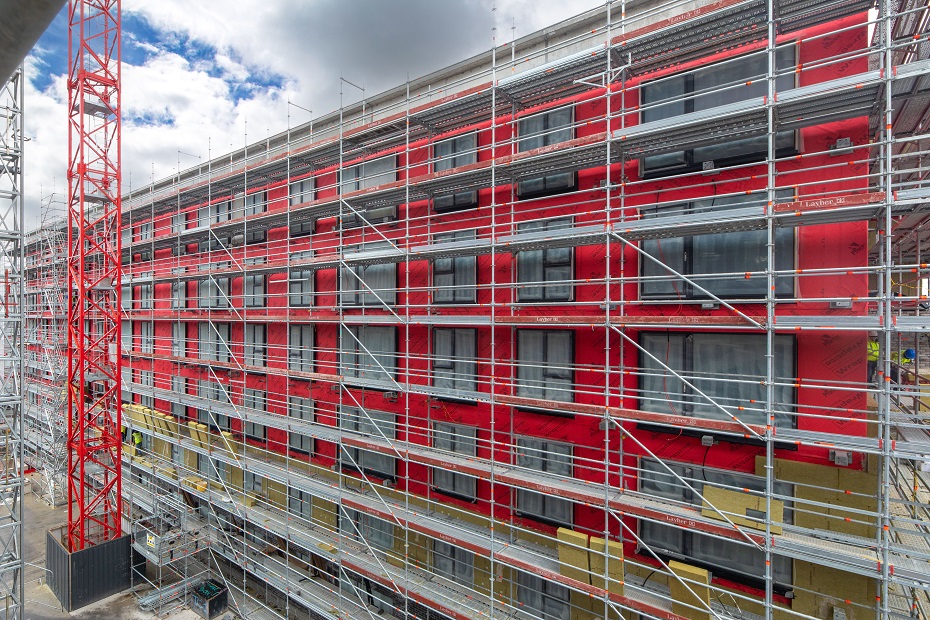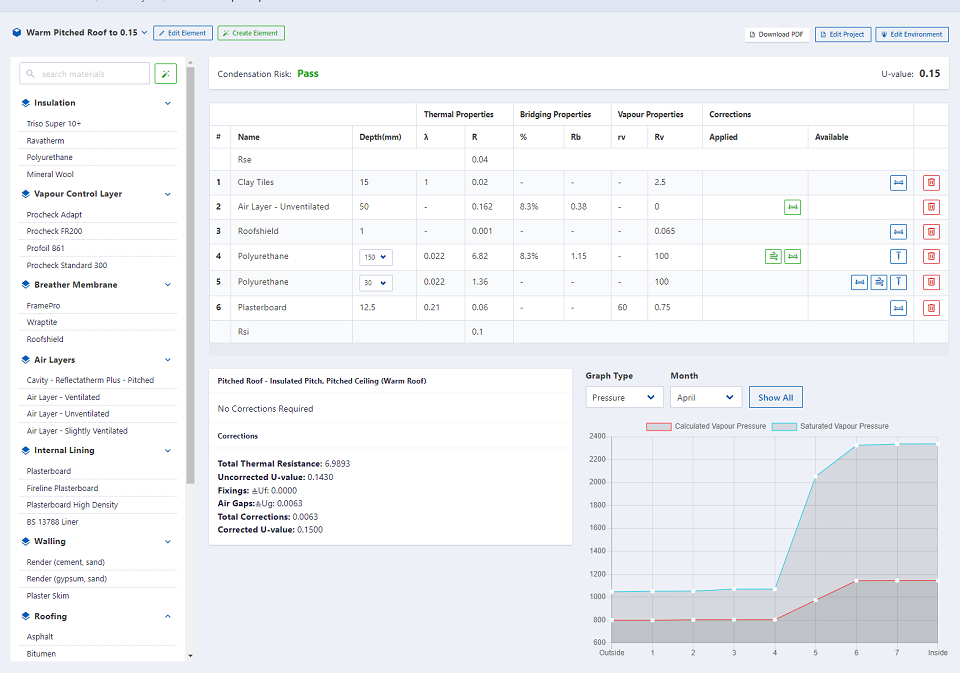Vapour diffusion comprises vapour molecules which pass through porous materials because of vapour pressure differences. These vapour pressure differences are created because of temperature and water vapour content differences in the air.
Most building materials are unable to stop vapour diffusion completely, and building science uses the term “vapour control layers” suggesting that they will control (i.e. slow down) the process, but not completely prevent the movement of water vapour. Low permeability materials are those which can significantly slow down vapour diffusion.
Transfer by convection occurs when air flow acts as a transport mechanism carrying moisture in or out of buildings. Holes, cracks, penetrations and leaky ductwork may all provide potential pathways for moisture movement. As the moisture passes through the building it will condense on surfaces with temperatures below the dew point. Condensation levels will be affected by the difference of temperature between inside and outside, relative humidity, and any air movement that may occur.
Moisture can also be transported by capillary action. This describes the ability of water to travel up through a building or material, against the flow of gravity. The example of how water will wick up through a paper towel following the direction of the fibres. Capillary action works best with smaller pores rather than larger holes, for example, the fine pores found in brickwork or concrete provide an excellent mechanism to be used for this wicking action.
The general use of a VCL (vapour control layer) along with a vapour permeable membrane outside would, in theory, show a well-protected building envelope. However, studies carried out by the Institute for Building Physics, Stuttgart has shown that if gaps appear in the VCL these can have a damaging effect.
This can result in high levels of vapour getting into the building fabric however diffusion tight the VCL is. This vapour can then be trapped if the VCL does not allow the vapour to evaporate. A high diffusion VCL that allowed the drying out in the summer would be too open in the winter and allow too much moisture into the structure.
Moisture will travel from warm to cold. In winter the warm air inside will penetrate the structure passing to the outside, cooling as it does so with the potential of moisture condensing in the process. During the warmer summer months, the process is reversed with the warm air outside moving to the inside.
In this case a VCL which has a high vapour diffusion in the winter and a low resistance in the summer can lead to a healthier building envelope.
Procheck Adapt is designed to protect the building fabric from the potential risks of condensation whilst providing the added benefit of serving as an effective airtight barrier. Thanks to its unique design the membrane offers variable permeability which adapts to changes in humidity levels and allows the structure to dry out in the summer and in sunny days in spring and autumn while protecting it from moisture overload in the winter. This is possible by the membrane adapting its vapour resistance to the environment i.e. vapour tight in the winter and vapour open in the summer.
This ensures that the building fabric is protected from damaging moisture levels during cold, wet winter months, and allowing the fabric to dry out effectively in warmer, drier months. The introduction of Procheck Adapt will ensure that it provides a high level of protection throughout the building’s lifespan.
Procheck Adapt has a translucent structure which eases fixing to structural frames and in combination with its integral tape allows for a fast installation time.
Procheck Adapt is a high performance variable-permeability vapour control layer for use in a variety of commercial and residential applications. It is designed to protect the building fabric from potential risks of condensation and it will also act as an airtight barrier. Its variable permeability adapts to changes in humidity levels becoming more resistant in Winter and more permeable in Summer. This means the building fabric is protected from damaging moisture levels during cold, wet months of the year and it will allow the fabric to dry out effectively in warmer, drier months. Procheck Adapts’ translucent structure eases fixing to structural frames and in conjunction with its integral tape allows for a fast installation time.

